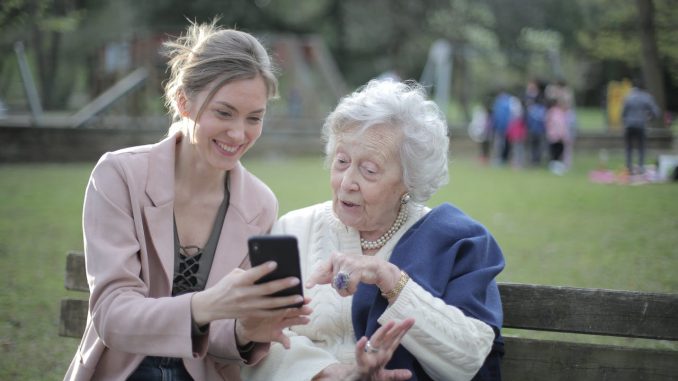
As North America continues to experience a demographic shift with an aging population, the demand for innovative and personalized aged care solutions is on the rise. In this rapidly evolving landscape, several key trends are shaping the way we approach and deliver care to our seniors. From technology integration to a focus on holistic well-being, North American trends in elderly care are reflective of a commitment to providing the best possible quality of life for our aging loved ones.
 Technology Integration: One of the prominent trends in North American elderly care is the increasing integration of technology. From wearable health trackers to smart home devices, technology is playing a pivotal role in ensuring the safety and well-being of the elderly. Remote patient monitoring, telehealth services, and virtual consultations have become essential tools, enabling healthcare providers to deliver timely and efficient care. Additionally, assistive technologies like mobility aids and smart home automation contribute to fostering independence among seniors.
Technology Integration: One of the prominent trends in North American elderly care is the increasing integration of technology. From wearable health trackers to smart home devices, technology is playing a pivotal role in ensuring the safety and well-being of the elderly. Remote patient monitoring, telehealth services, and virtual consultations have become essential tools, enabling healthcare providers to deliver timely and efficient care. Additionally, assistive technologies like mobility aids and smart home automation contribute to fostering independence among seniors.- Home Care and Aging in Place: A growing preference among seniors is the desire to age in place, leading to an emphasis on home care services. North American trends highlight a shift away from traditional nursing homes towards home-based care solutions. This not only allows seniors to maintain a sense of familiarity and independence but also reduces the burden on institutional facilities. Home care services encompass a range of support, including personal care, medication management, and companionship, tailored to the specific needs of each individual.
- Person-Centered and Holistic Care: The focus on person-centered care is gaining momentum in North America, recognizing that each senior has unique needs, preferences, and goals. Holistic care approaches consider not only the physical health of the elderly but also their mental, emotional, and social well-being. This trend emphasizes the importance of building strong relationships between caregivers and seniors, fostering trust and understanding to deliver personalized and compassionate care.
- Cultural Competence and Diversity: With an increasingly diverse aging population, there is a growing awareness of the importance of cultural competence in elderly care. Recognizing and respecting the cultural backgrounds, traditions, and values of seniors is crucial for providing inclusive and effective care. Caregivers are now being trained to understand and address the unique needs of seniors from various cultural and ethnic backgrounds, ensuring that care is not only competent but also culturally sensitive.
- Community-Based Support Programs: North American communities are witnessing the rise of support programs designed to engage and assist seniors. Community-based initiatives provide opportunities for socialization, recreational activities, and educational programs, contributing to the overall well-being of the elderly. These programs aim to reduce social isolation, promote mental stimulation, and create a supportive network for seniors to lean on, fostering a sense of belonging and community.
Conclusion:
As North America continues to adapt to the evolving needs of its aging population, the trends in elderly care reflect a commitment to improving the quality of life for seniors. From embracing technology to prioritizing person-centered and holistic care, the focus is on creating environments that promote independence, dignity, and a sense of community. By staying attuned to these trends, caregivers, healthcare professionals, and policymakers can work together to build a more inclusive and responsive elderly care system for the future.

Leave a Reply